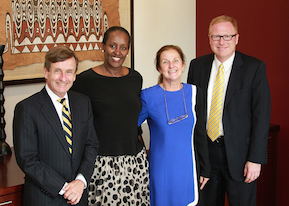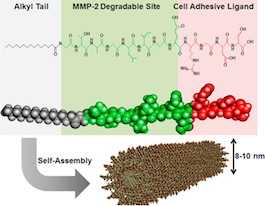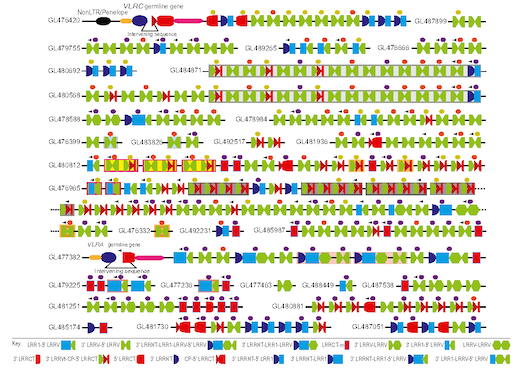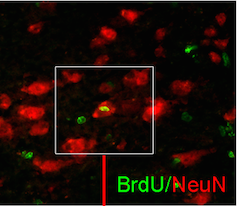Yerkes immunologist Guido Silvestri and colleagues have a paper in PLOS Pathogens shedding light on the still singular example of Timothy Brown, aka “the Berlin patient”, the only human cured of HIV. Hat tip to Jon Cohen of Science, who has a great explanatory article.
Recall that Brown had lived with HIV for several years, controlling it with antiretroviral drugs, before developing acute myeloid leukemia. In Berlin, as treatment for the leukemia, he received a bone marrow transplant — and not just from any donor; the donor had a HIV-resistance mutation. What was the critical ingredient that enabled HIV to be purged from his body?
Conditioning: the chemotherapy/radiation treatment that eliminates the recipient’s immune system before transplant? HIV-resistant donor cells? Or graft-vs-host disease: the new immune system attacking the old?
Silvestri and colleagues performed experiments with SHIV-infected non-human primates that duplicate most, but not all, of the elements of Brown’s odyssey. The results demonstrate that conditioning, by itself, does not eliminate the virus from the body. But in one animal, it came close. Frustratingly, that animal’s kidneys failed and researchers had to euthanize it. In two others, the virus came back after transplant.
A critical difference from Brown’s experience is that monkeys received their own virus-free blood-forming stem cells instead of virus-resistant cells. Cohen reports that Silvestri hopes to do future monkey experiments that test more of these variables, including transplanting the animals with viral-resistant blood cells that mimic the ones that Brown received.Â





